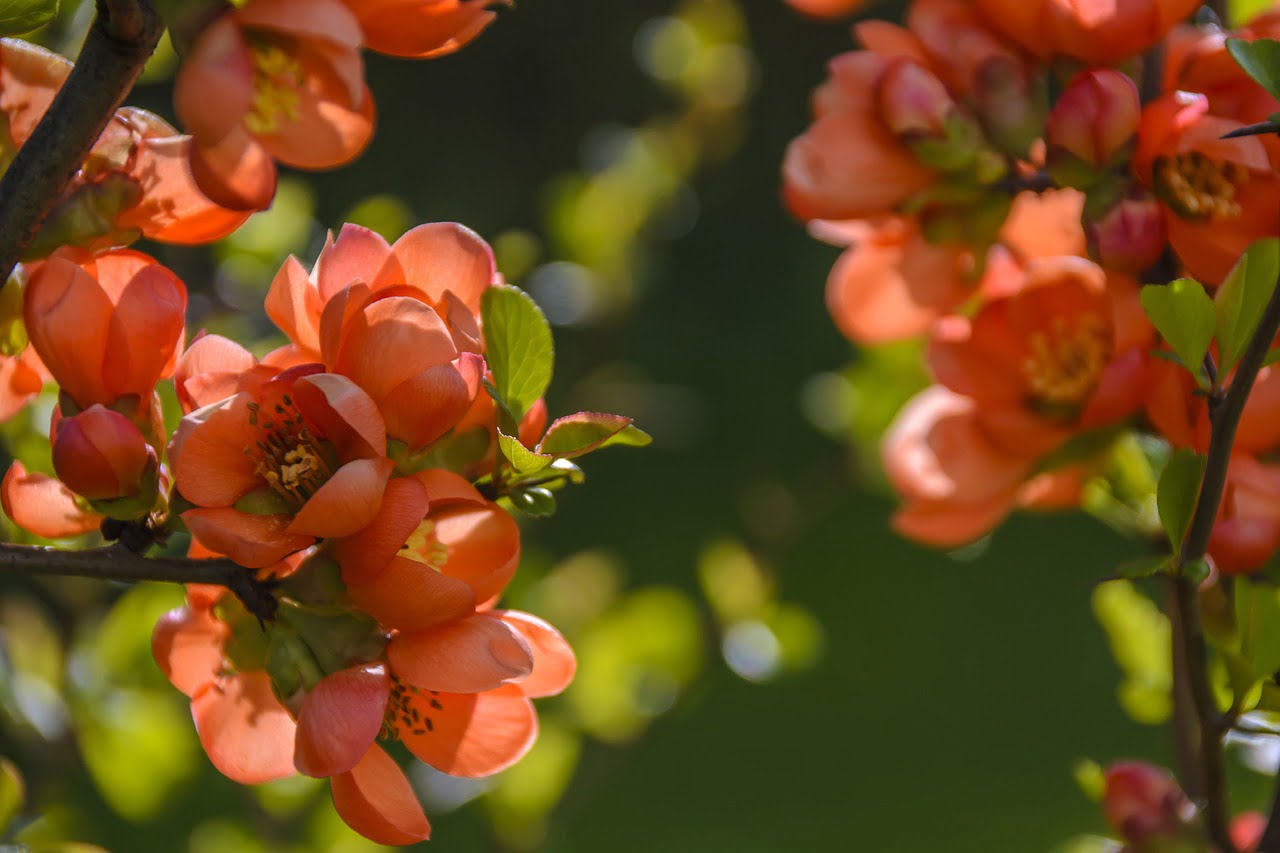
Cotoneaster Planting: A Comprehensive Guide
Introduction
Cotoneaster Planting
Gardening and landscaping enthusiasts often seek plants that offer not only aesthetic beauty but also adaptability to various environmental conditions. In this regard, Cotoneaster stands out as an exceptional choice. This diverse genus, belonging to the Rosaceae family, comprises an array of deciduous and evergreen shrubs and small trees. Originating from Europe, Asia, and North Africa, Cotoneaster species have made their way into gardens across the globe. With more than 200 species and countless cultivars to choose from, they have rightfully earned their place as favorites among gardeners.
Understanding Cotoneaster
Cotoneaster Planting
What is Cotoneaster?
At its core, Cotoneaster is a botanical marvel. These plants are known for their distinctive foliage, charming flowers, and, most notably, their berries. While the visual appeal varies from species to species, all Cotoneasters share a unique adaptability that makes them suitable for a wide range of garden styles and climates.
Varieties of Cotoneaster
Within the Cotoneaster genus, several species have gained popularity due to their exceptional features:
Cotoneaster Horizontalis
Cotoneaster Horizontalis is a true standout among its peers. Its prostrate, low-spreading growth pattern creates a mesmerizing cascade of branches. This variety works wonders as ground cover, and its branches, covered in tiny leaves, create an almost architectural beauty.
Cotoneaster Franchetii
For those desiring evergreen appeal, Cotoneaster Franchetii fits the bill. Its glossy, dark green leaves make for an attractive backdrop throughout the year. However, it’s in the fall that this plant truly shines, with its vibrant red berries adding a burst of color to the landscape.
Cotoneaster Apiculatus
Cotoneaster Apiculatus is a deciduous shrub known for its graceful, arching branches. The bright red berries that adorn this shrub in the winter make it a delightful centerpiece even when most other plants have gone dormant. It’s a true testament to the beauty of nature’s cycles.
Planting Your Cotoneaster
Choosing the Right Location
Selecting the ideal location for your Cotoneasters is crucial to their long-term health and vibrancy. Consider these factors:
Sunlight
Cotoneasters thrive in sunlight. A minimum of six hours of direct sun per day is essential for optimal growth and prolific berry production. Be sure to choose a spot that receives adequate sunshine.
Soil
The soil you plant your Cotoneasters in plays a significant role in their overall well-being. Well-draining soil is essential, and sandy loam with a slightly acidic to neutral pH is preferable. Amending the soil with organic matter improves both drainage and fertility.
Spacing
Cotoneaster species come in various sizes, so it’s essential to consider their mature dimensions when planning your garden. Providing sufficient space between plants allows them to grow without competing for resources.
Planting Process
Now, let’s explore the nitty-gritty details of planting your Cotoneasters:
Digging the Hole
When preparing the planting hole, ensure it is approximately twice the width of the root ball and matches its depth. This generous space allows the roots to expand comfortably.
Placing the Cotoneaster
Carefully remove the Cotoneaster from its container, taking care not to disturb the roots excessively. Place the plant in the prepared hole, ensuring the top of the root ball aligns with the surrounding ground level.
Backfilling
Fill the hole with soil, gently tamping it down as you go. This helps eliminate air pockets around the roots. After planting, provide a thorough watering to settle the soil and ensure the roots have proper hydration.
Caring for Your Cotoneaster
Watering
Consistent and adequate watering is paramount to Cotoneaster health. During the growing season, strive to keep the soil consistently moist, but avoid waterlogging, which can lead to root rot. Be especially vigilant during dry spells.
Pruning
Pruning is an essential aspect of Cotoneaster care. Regular pruning helps maintain the desired shape and size of your plants. Aim to prune in late winter or early spring before new growth begins to encourage lush foliage and prolific flowering.
Fertilizing
Feeding your Cotoneaster with a balanced, slow-release fertilizer in the spring provides the nutrients necessary for robust growth and a bountiful display of flowers and berries.
Pest and Disease Management
While Cotoneasters are generally resilient, they can occasionally fall victim to common garden pests like aphids and scale insects. Regularly inspect your plants for signs of infestation, and if any are detected, take immediate action to address the issue. Timely intervention is key to maintaining healthy, pest-free Cotoneasters.
Conclusion
In conclusion, Cotoneaster is more than just a plant—it’s a statement in your garden. With the right selection, thoughtful planting, and diligent care, you can transform your outdoor space into a haven of vibrant foliage and colorful berries. Cotoneaster, in all its forms, stands as a testament to the beauty of nature and the joy of gardening.
Now that you possess a comprehensive understanding of Cotoneaster and its care, you’re well-equipped to embark on a journey of creating a garden that will be the envy of your neighborhood. Happy gardening!
FAQs
Q1: Can Cotoneaster be grown in containers?
Absolutely! Certain dwarf varieties of Cotoneaster thrive in containers, provided they have well-draining soil and receive ample sunlight.
Q2: Do Cotoneasters attract wildlife?
Indeed, Cotoneasters are known to be a magnet for wildlife, particularly birds that are drawn to their berries. They provide both sustenance and shelter for various bird species, making your garden a lively and dynamic ecosystem.
Q3: How often should I prune my Cotoneaster?
Pruning once a year, ideally in late winter or early spring before new growth starts, is the best practice for maintaining the shape and health of your Cotoneaster.
Q4: Are Cotoneasters drought-tolerant?
While Cotoneasters can withstand periods of drought once they are established, it’s advisable to provide regular watering, especially in hot and arid climates, to ensure their continued vitality.
Q5: Can Cotoneaster be used as a hedge?
Certainly! Certain Cotoneaster varieties, such as Cotoneaster horizontalis, are well-suited for creating low hedges. With proper pruning and shaping, they can add elegance and structure to your landscaping.